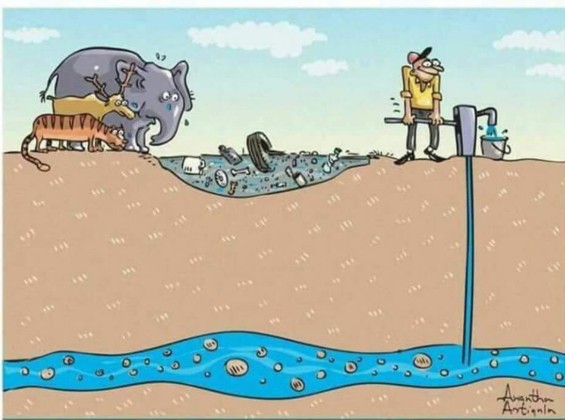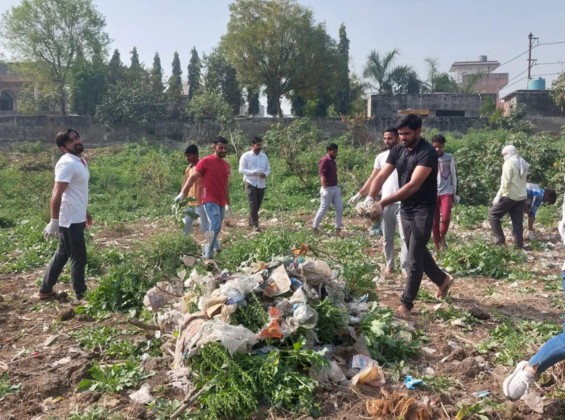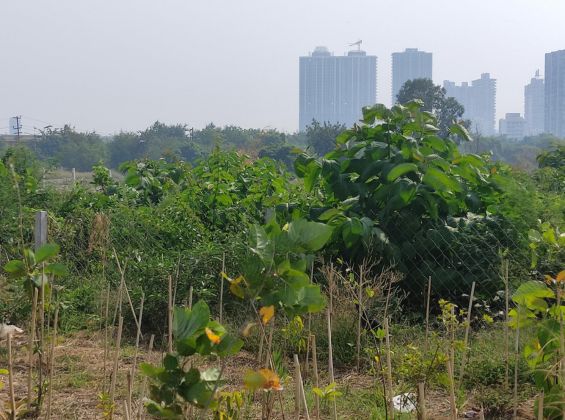Our Belief
Nature, a vital force sustaining life, offers solutions to anthropogenic challenges. The dumping of municipal waste leads to soil degradation in landfill sites, present in every city, causing pollution and diseases, including cancer. Landfills also contribute to air pollution as organic waste decomposes, releasing harmful gases like methane and ammonia. This deteriorates air quality, posing health risks to humans and wildlife. Our initiative proposes transforming these sites into "Urban Forests" to naturally restore and mitigate urban problems. This approach recognizes the dynamic functionality of forest ecosystems, acting as pioneers in establishing stable biomes. This not only rejuvenates degraded sites but also addresses various challenges faced by urban populations and faunal species in the concrete landscape.
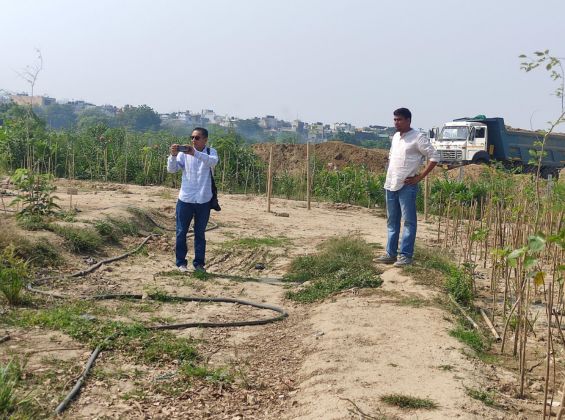
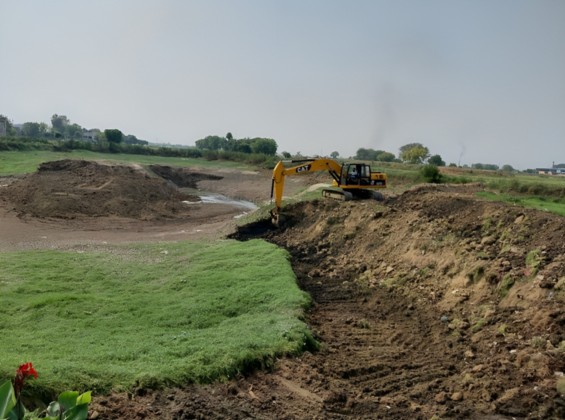
Our Playground
A legacy landfill site amid multi-storeyed residential apartments constitutes our site of sprawling mini-urban forest. Spread across an area of 1100 sq. m, this Miyawaki forest will act as an abode for various faunal species. We are contributing to plant 1000 trees which would cover an approximate area of 450 sq m. Around 35 species of native flora of which 90% would be of therapeutic significance would be planted, giving due consideration to the plants with minimum mortality rates and role in the establishment of a stable forest ecosystem. Once established, the green patch would contribute towards oxygen generation, mitigation of the urban heat island effect, improvement in fertility of the soil, and carbon sequestration. Also, the site would provide a refuge to biodiversity and play a role in reducing man and animal conflict in the urban areas. We are sure that the site would also support mental health by providing a green space with good aesthetics to relax and rejuvenate.
Reach, Methods, and Approach
We aim to plant 1000 saplings at the Indirapuram landfill site with the support of a team of experts who are experienced in the field and have undertaken many such initiatives. Besides we have a team of volunteers who also actively participate in plantation activities. Also, we organise plantation drives for the employees of corporate partners and students to contribute to the cause.
The methodology used is Japanese in origin, famously known as the “Miyawaki” technique, named after renowned Plant botanist and ecologist Akira Miyawaki, who was credited with developing it. This process of planting native forests is much faster and produce more dense forest which is 100% organic and act as a pioneer in the development of a healthy ecosystem that caters to a range of biodiversity. Essentially, the forest is grown using a four-layered approach with native trees, sub-species, shrubs, and herbs planted systematically to make it dense, just as it happens in nature. The site would be maintained for a period of 3 years, during which regular de-weeding, mulching, manuring, watering, etc. would be ensured to help plants establish themselves. For these three years, the forest would be growing without any adverse human interference, and once stabilised, it would transform into a self-sustaining ecological system that would not require any outside support for its survival.
Expected outcomes
The project aims to create a mini-dense urban forest in a limited space, serving as a green lung amidst the concretized landscape. In addition to its contributions to soil fertility and the development of a healthy forest ecosystem, the microforest would play a crucial role in mitigating air pollution. The dense vegetation, including trees and shrubs, acts as a natural filter, trapping and reducing pollutants such as particulate matter and harmful gases. By absorbing and neutralizing pollutants, the microforest contributes to improved air quality in the urban environment, creating a healthier living space for the surrounding community. This aspect further enhances the project's positive impact on both environmental and public health, aligning with the broader goals of sustainable urban development.
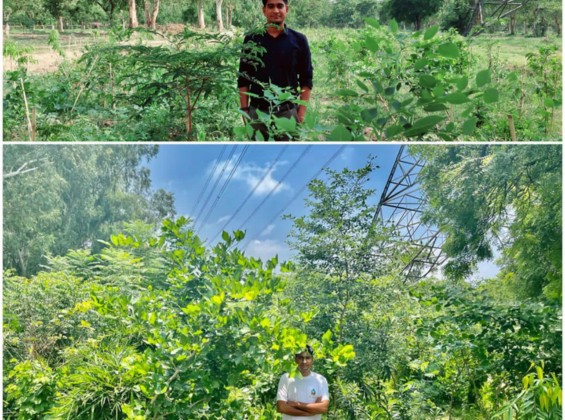
Impact
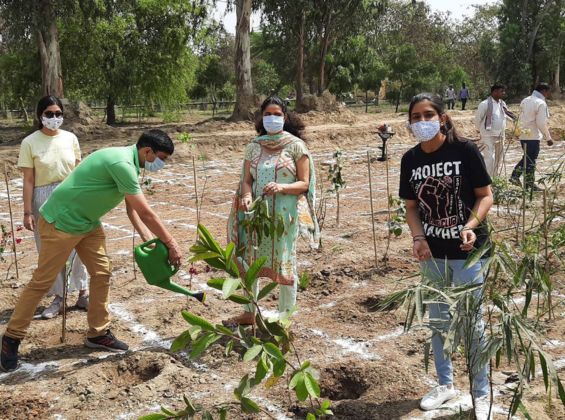
- Regulation of micro-climate
- Natural filter, trapping and reducing pollutants such as particulate matter and harmful gases.
- This urban forest in a limited space, serves as a green lung amidst the concretized landscape.
- Mitigation of urban heat island effect by lowering temperature
- Augmentation of groundwater
- Habitat to biodiversity
- Ecotourism and its positive impact on mental health
- Generation of awareness amongst the masses about the benefits of afforestation.
- Carbon sequestration and contributing to National Climate Goals
- Contribution to Environmental Education
